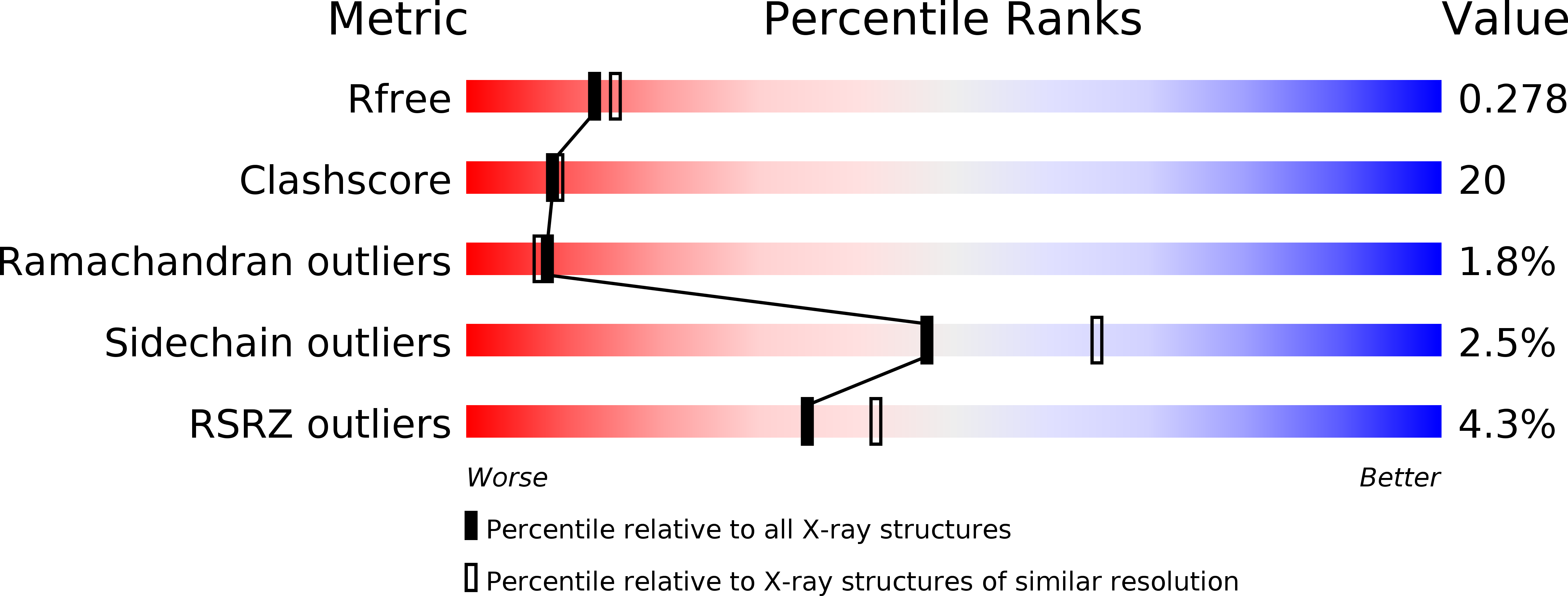
Deposition Date
2000-01-24
Release Date
2000-03-08
Last Version Date
2024-02-07
Entry Detail
PDB ID:
1EBF
Keywords:
Title:
HOMOSERINE DEHYDROGENASE FROM S. CEREVISIAE COMPLEX WITH NAD+
Biological Source:
Source Organism:
Saccharomyces cerevisiae (Taxon ID: 4932)
Host Organism:
Method Details:
Experimental Method:
Resolution:
2.30 Å
R-Value Free:
0.26
R-Value Work:
0.21
R-Value Observed:
0.21
Space Group:
P 43 21 2


